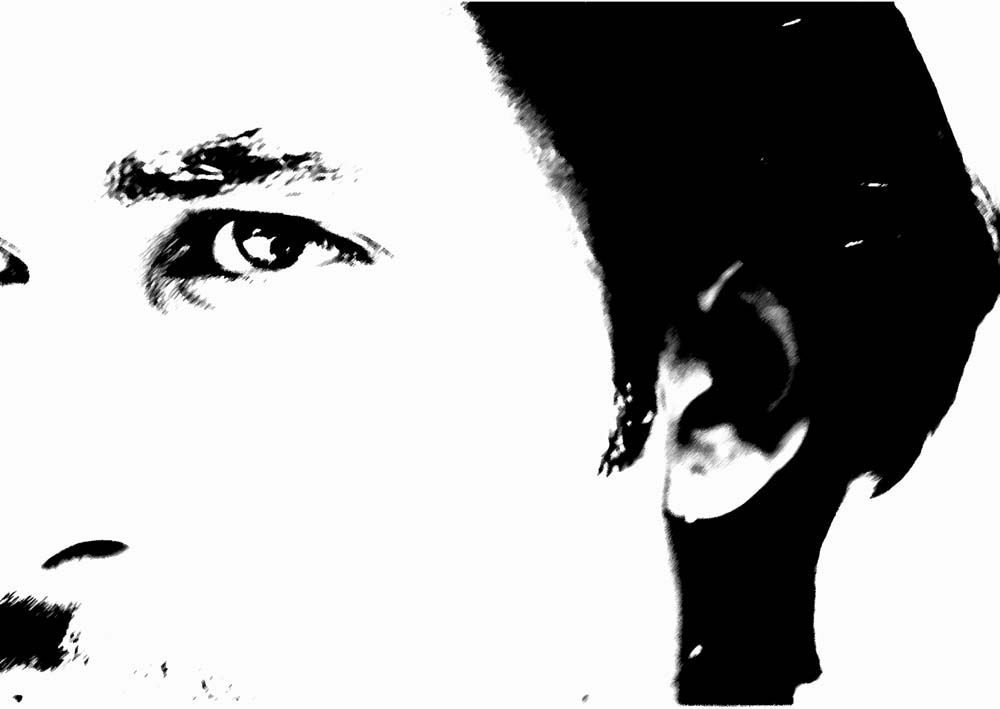

This is an immersive light and sound sculpture that reacts to presence. Interaction is based on proximity, so without any participants it lies dormant, waiting to be awoken.Each column contains a matrix of multicoloured LEDs and a speaker. UVA use custom written camera tracking software to watch people moving through the space.As this photo explains, infrared lights are used to illuminate the area, whilst a high mounted camera looks down from above.
The sound fitted perfectly, sometimes subtle, othertimes responding to your movements past each column. The garden is fantastic location for work like this, the water puddles creating reflection, shadows around the architecture changing and sounds travelling around the space. The colour gradient fades are beautiful, and the nicest part was the interlude between scenes. The lights slowly die down, then pulsate with white light and sound in anticipation for the next visitors.











































